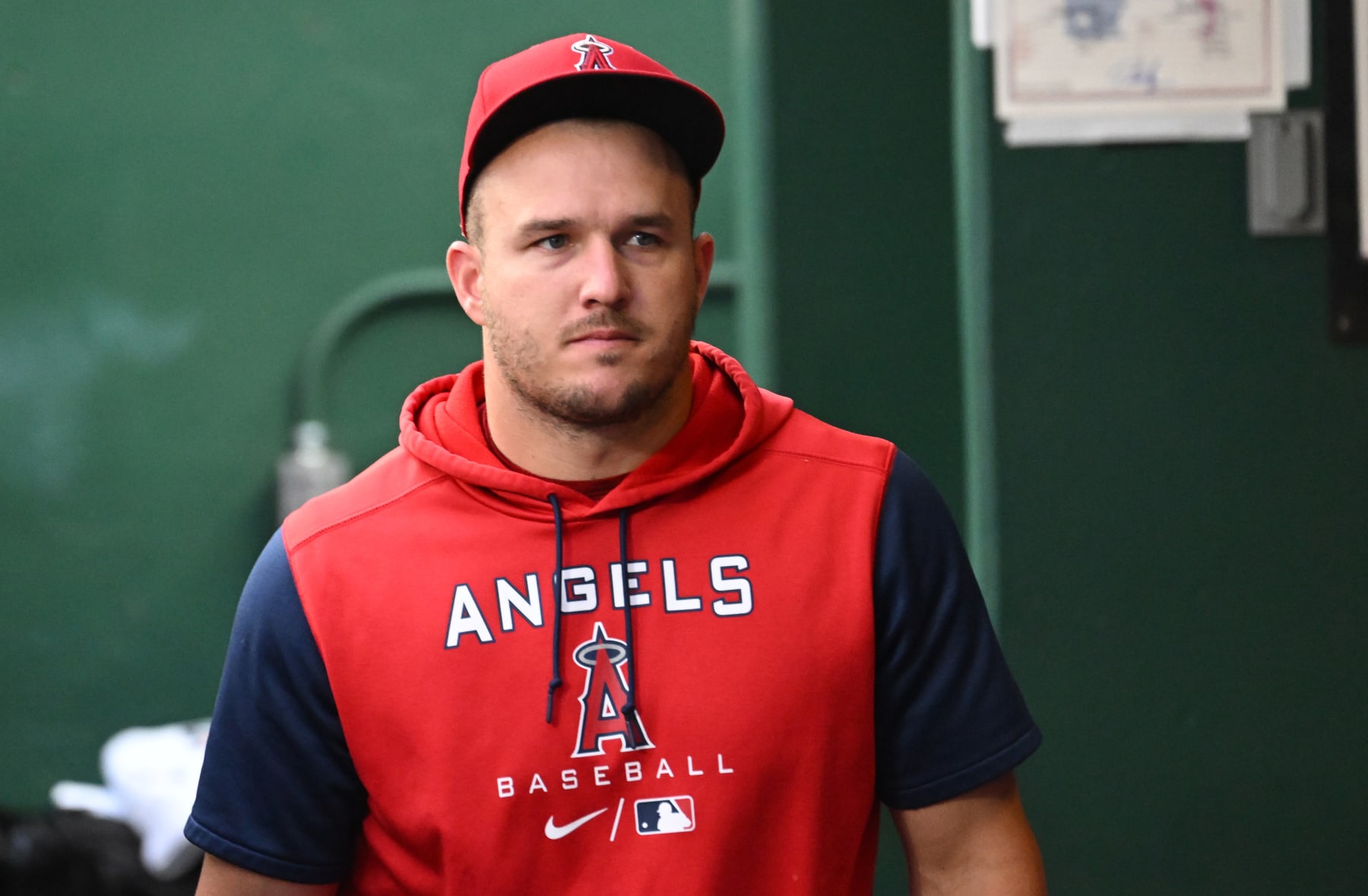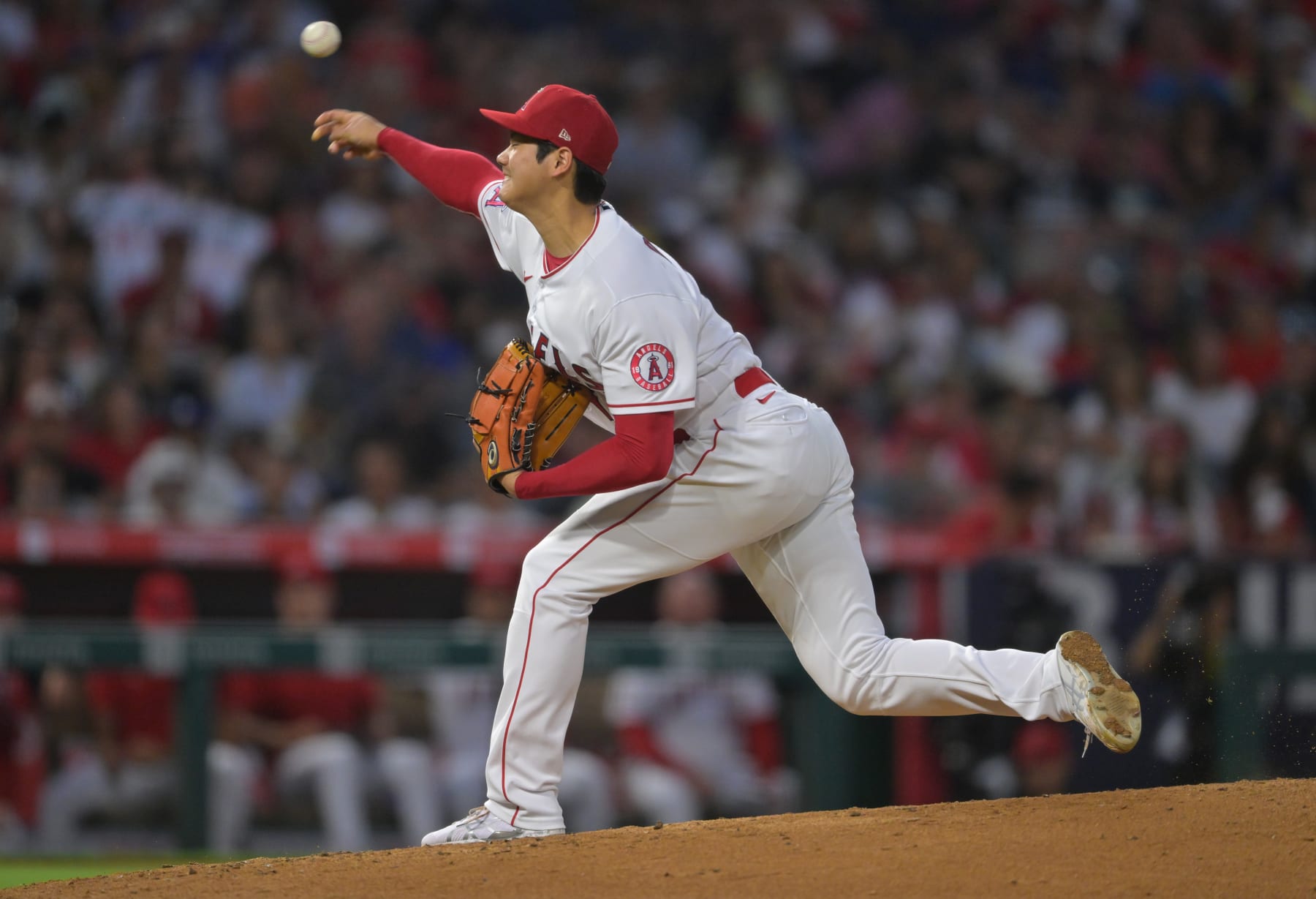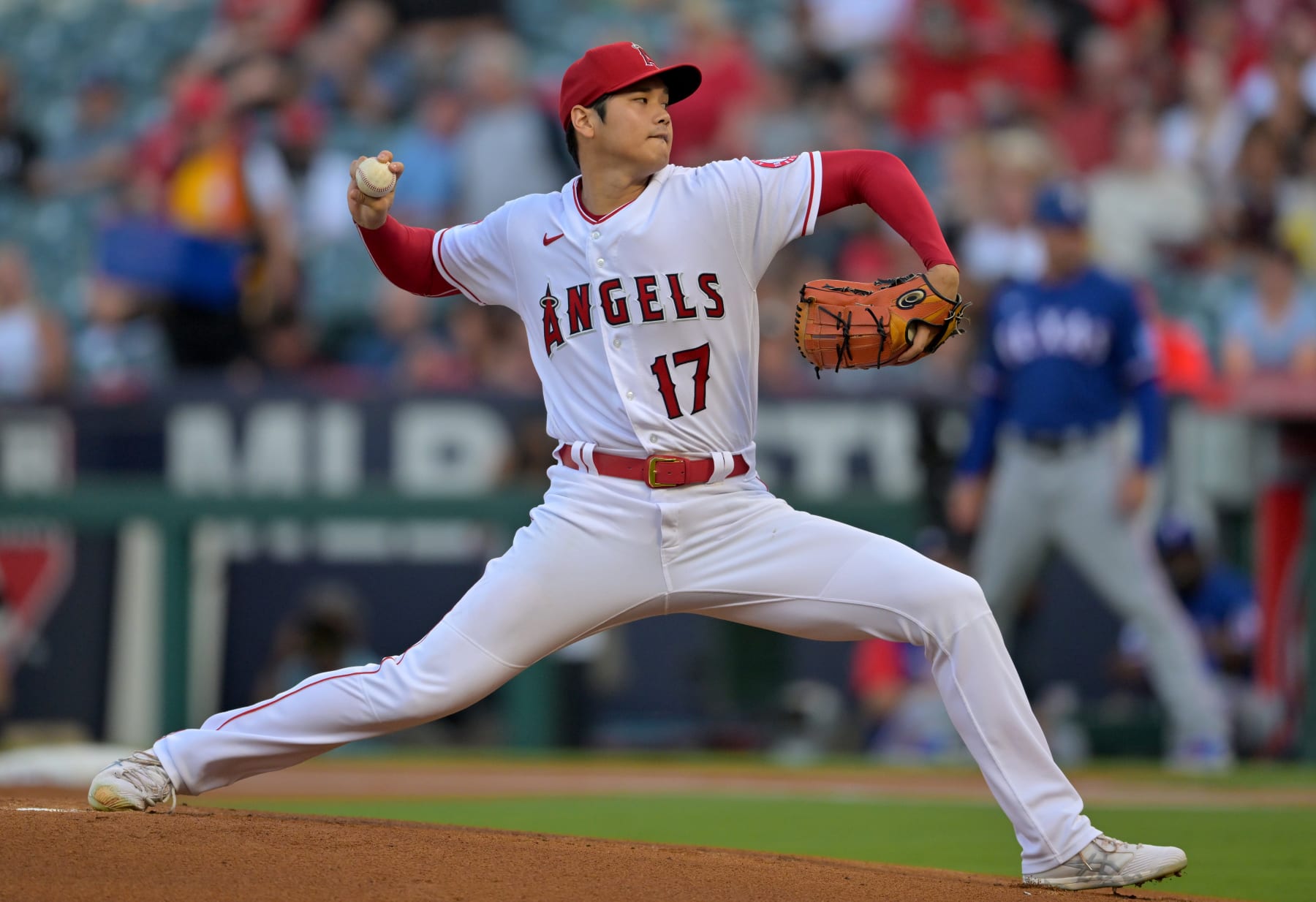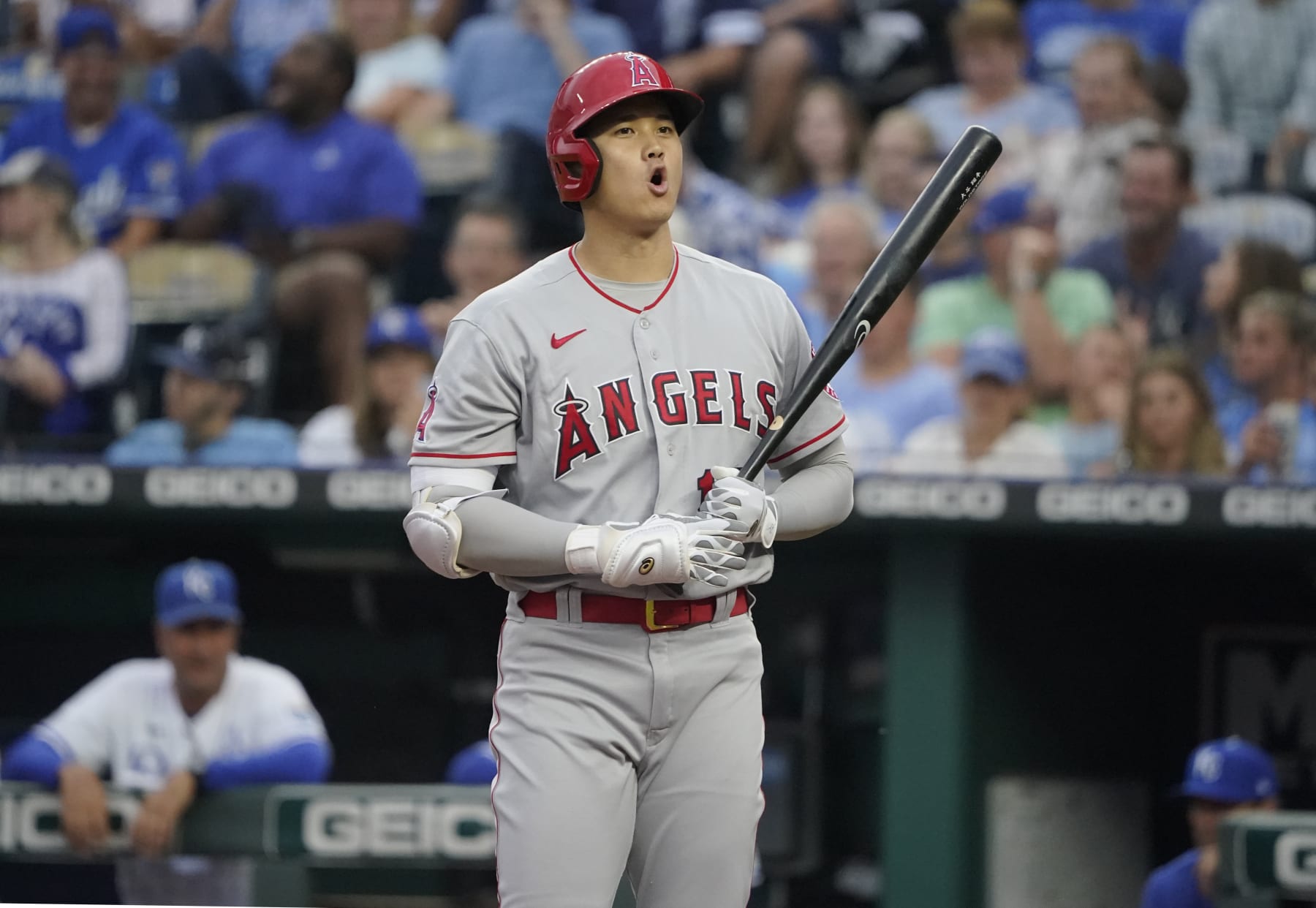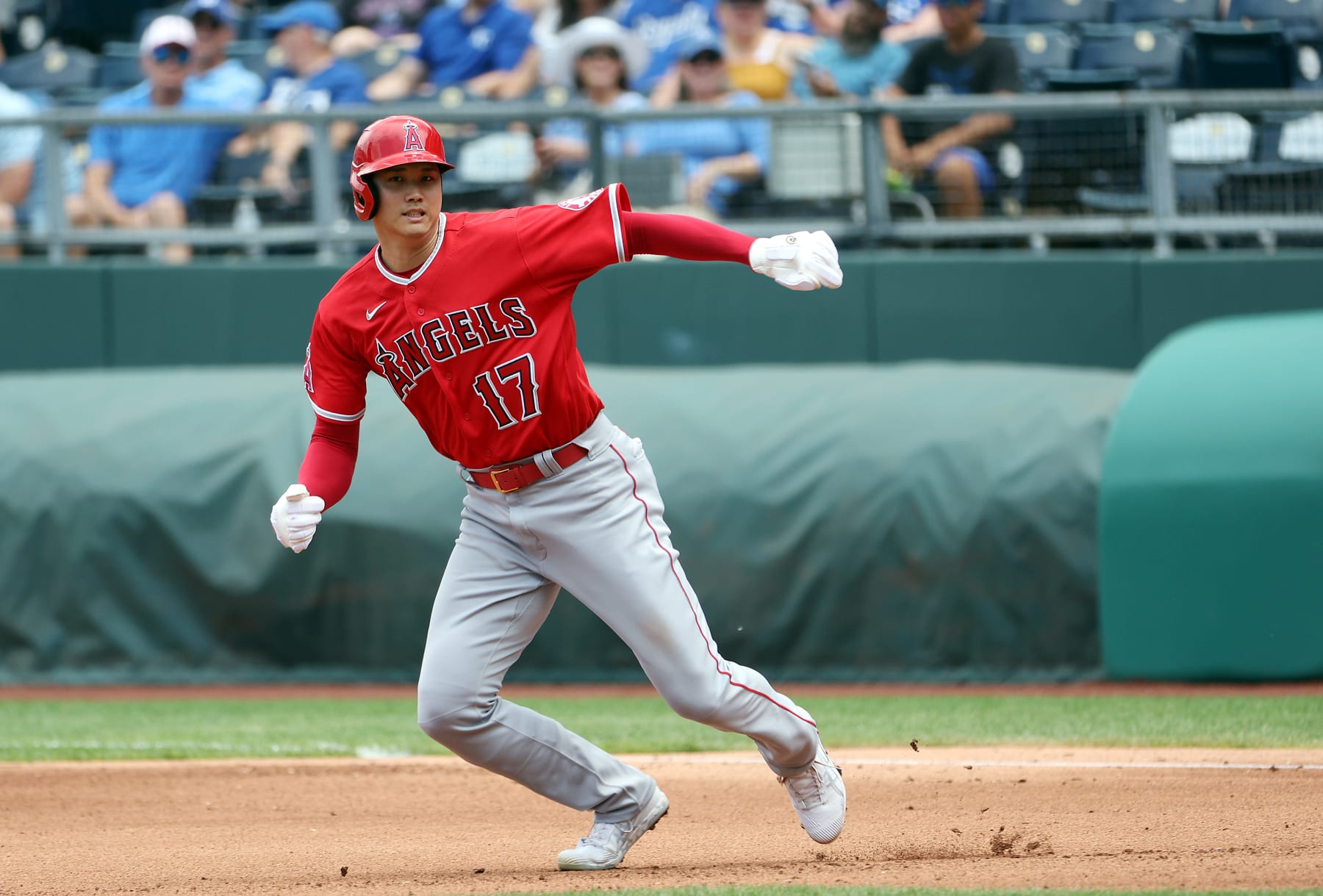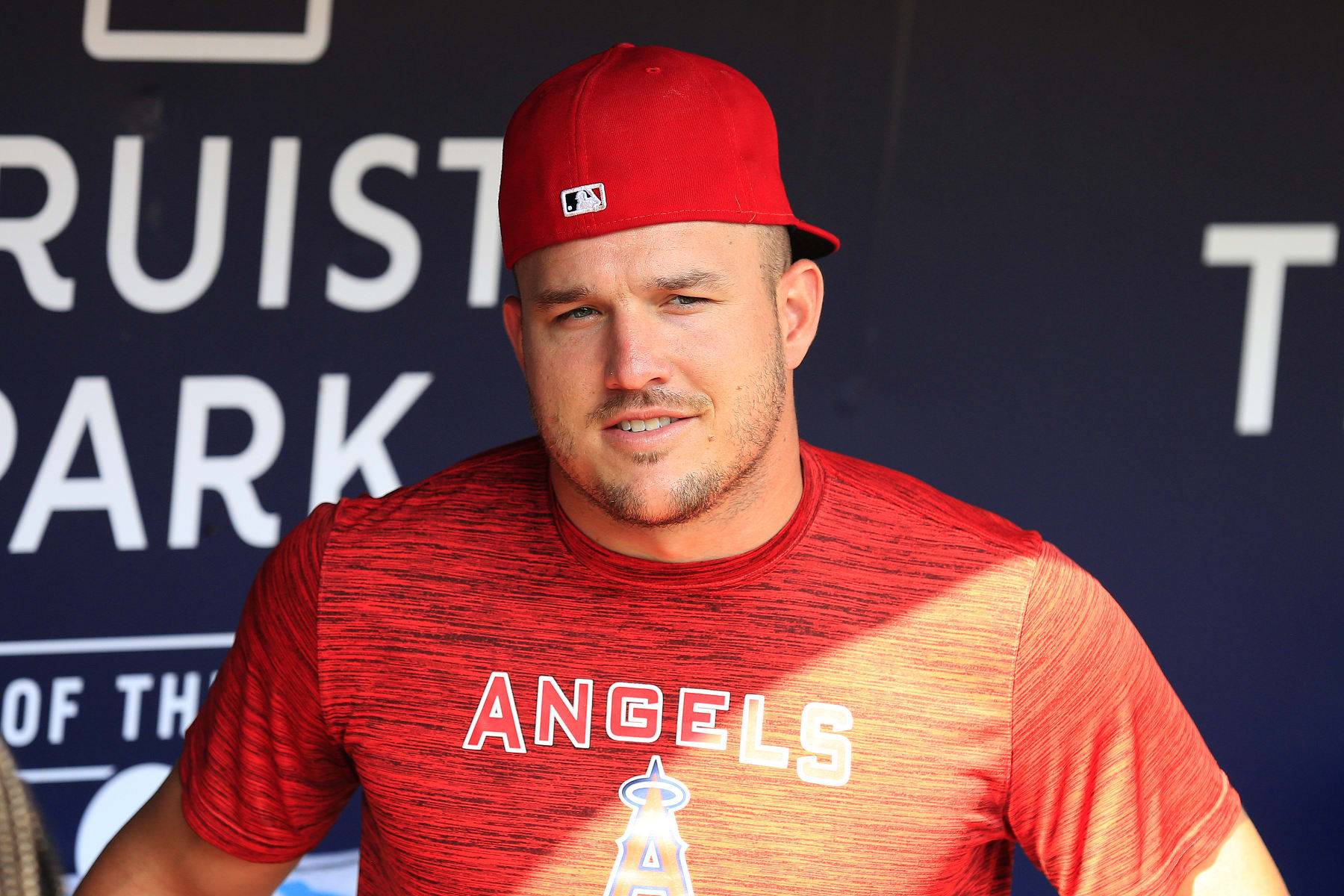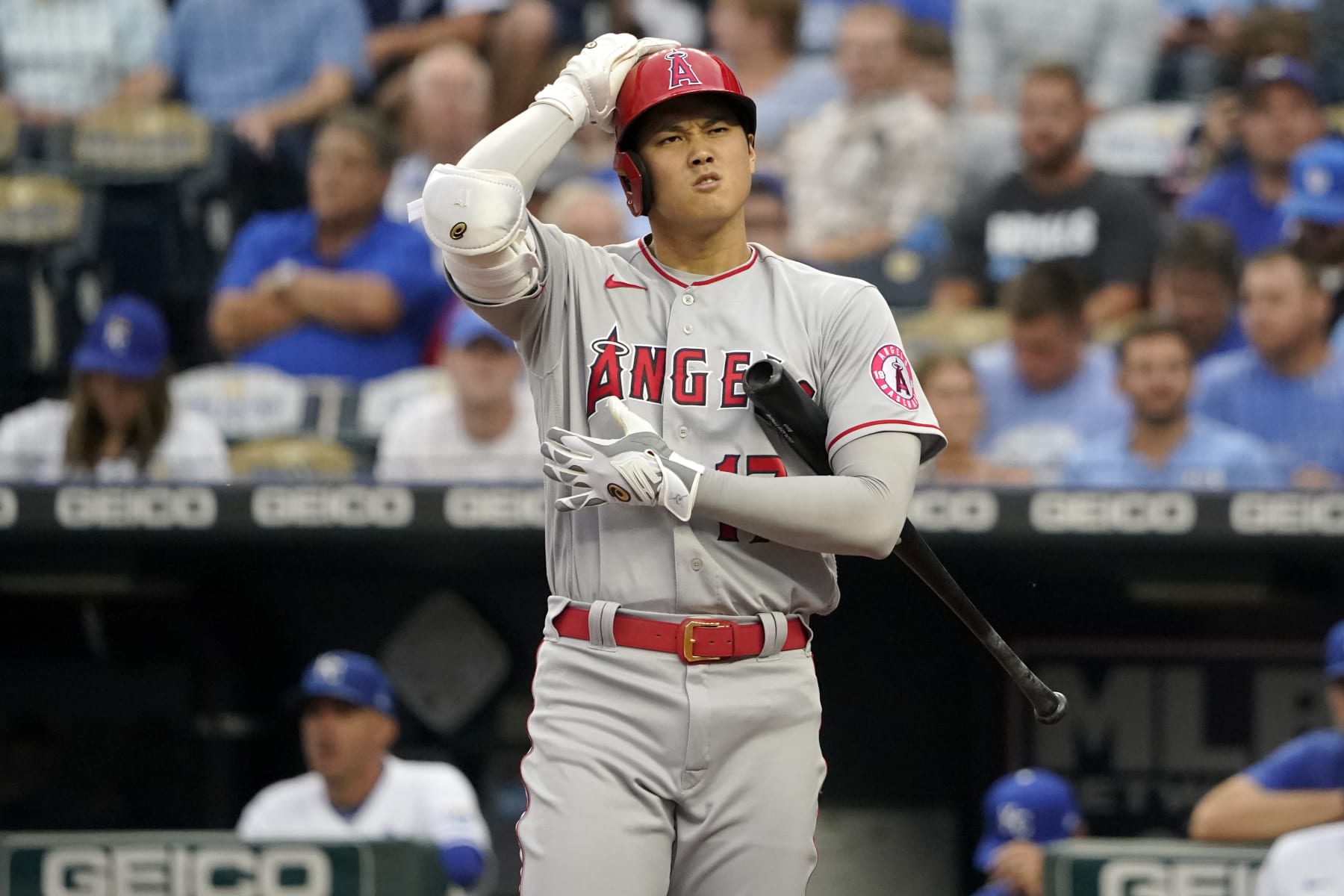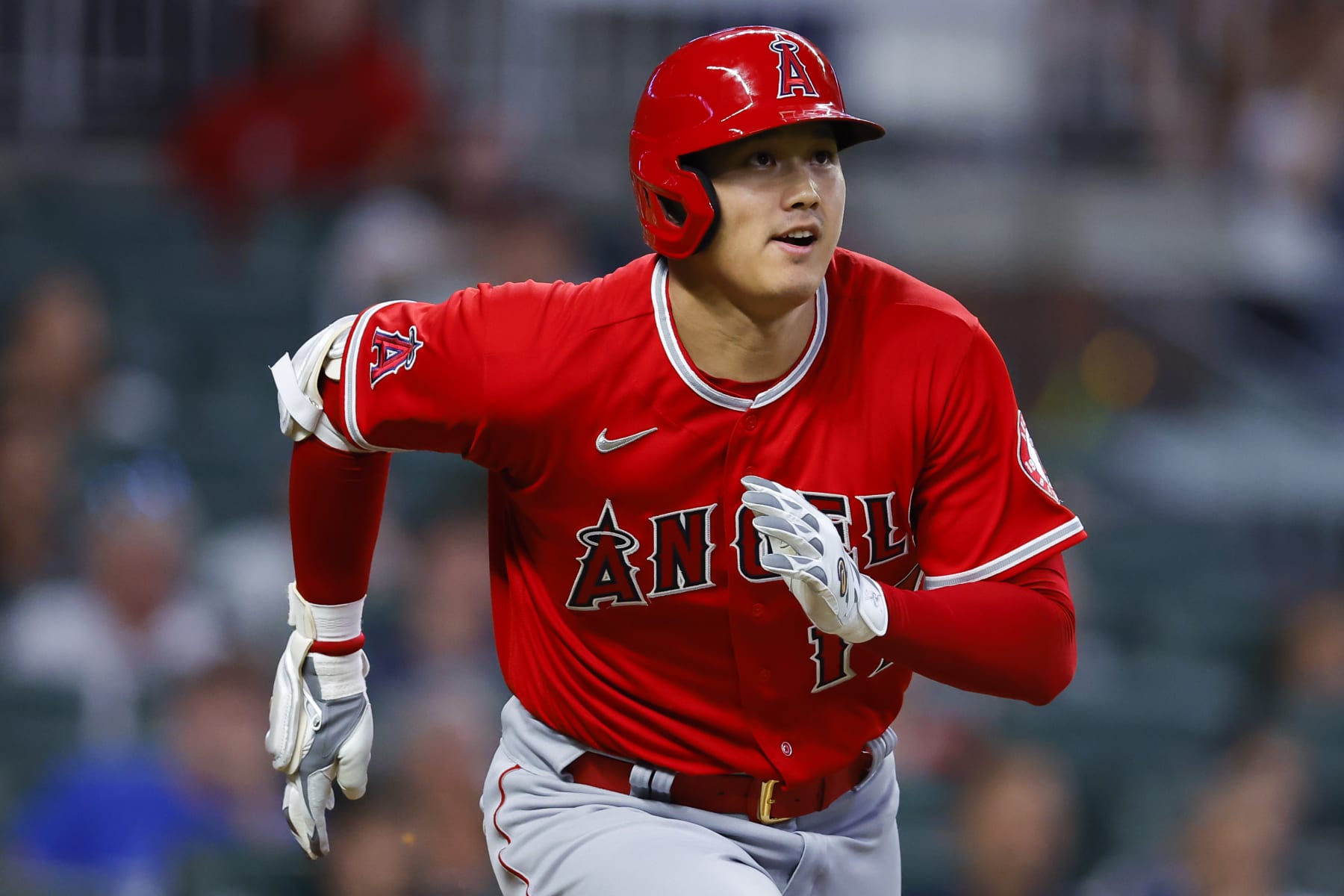Shohei Ohtani vs. Juan Soto: Who Has More Trade Value Ahead of MLB Deadline?
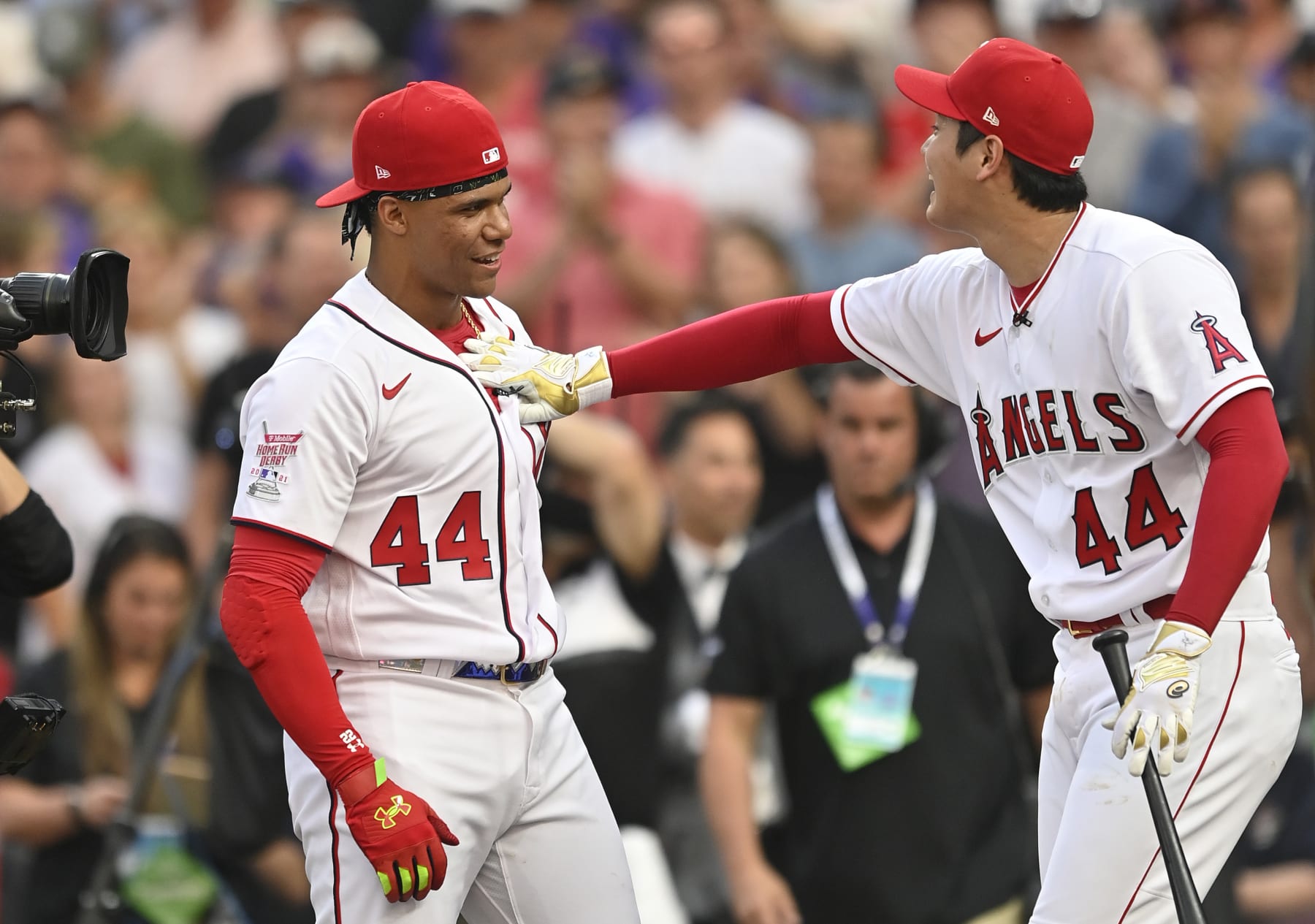
With Major League Baseball's Aug. 2 trade deadline now just a day away, it's doubtful that the best hitter in the sport today and the best two-way player in its history will both be on the move.
But since there's also a non-zero chance of this happening, we can't help but ask: Which one would be the more valuable addition for a contender?
Before we get to that, let's grant that there's a higher likelihood of the Washington Nationals trading wunderkind hitter Juan Soto than there is of the Los Angeles Angels dealing slugger/ace Shohei Ohtani.
As ESPN's Jeff Passan said on the Dan Patrick Show on Friday, there's maybe an "80-20" chance of the 23-year-old Soto getting dealt:
As for Ohtani, Jon Heyman and Joel Sherman of the New York Post reported Thursday that a trade is "seen as very unlikely." And yet the Angels aren't hanging up on teams that call about the 2021 American League MVP.
Editors Note: on Monday afternoon, Heyman reported that Angels owner Arte Moreno is "unwilling" to trade Ohtani.
What seems certain either way is that a single team can't possibly trade for both Soto and Ohtani. It's surely a one-or-the-other situation, so let's take a look at exactly what a trade for either of them would entail and try to determine who would be the better get.
Acquisition Cost
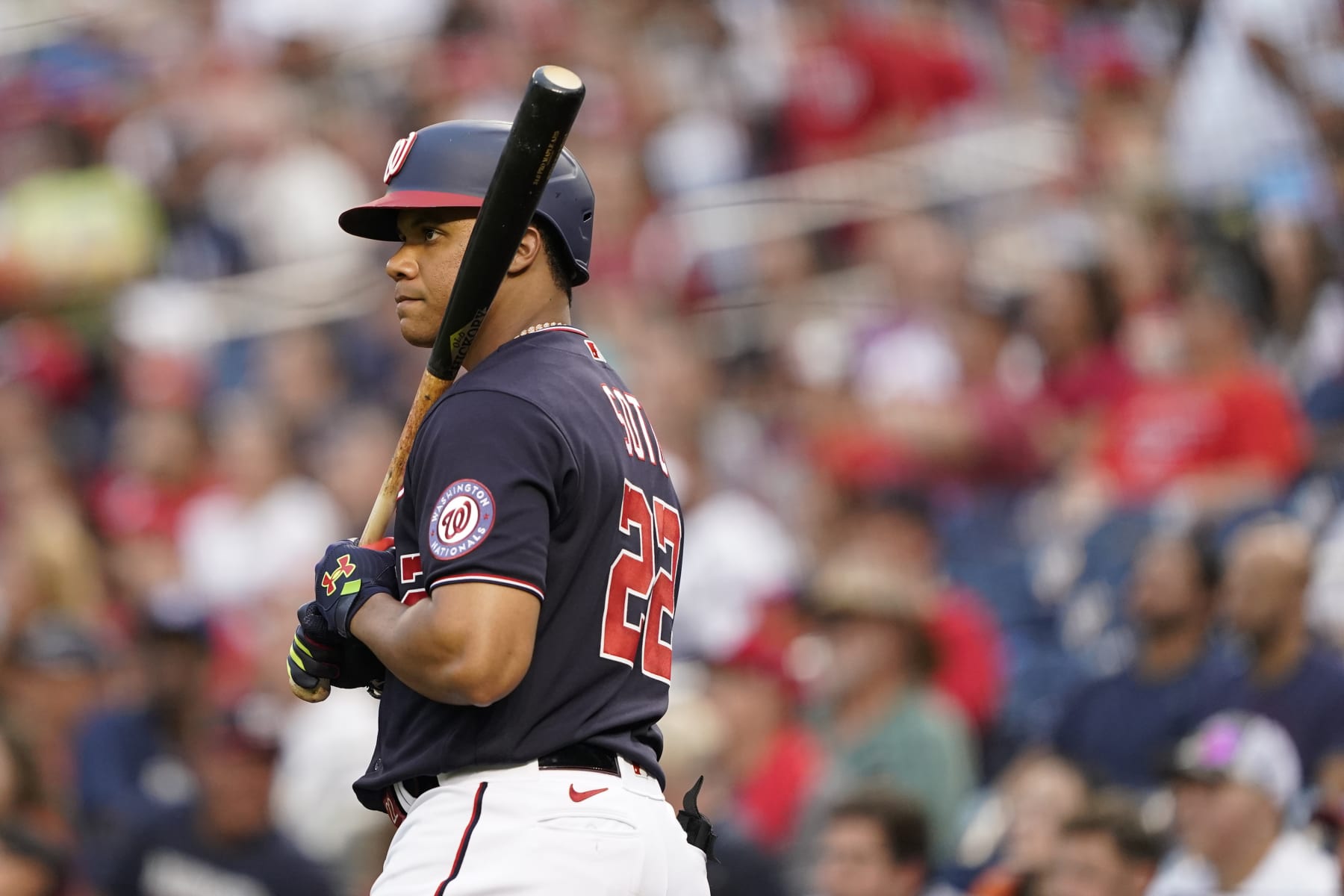
There's been talk of the Nationals potentially packaging Soto with fallen ace Patrick Corbin as a means to rid themselves of the $59 million the latter is owed in 2023-24. However, general manager Mike Rizzo has shot that down.
Rather, what the Nationals want for Soto is what any rebuilding team tends to want for an established star: young, controllable talent.
As Passan told Patrick, Rizzo has been asking other teams for "five or six tippy-top prospects." Passan thinks that represents "125 percent" of Soto's value, which would put his 100-percent value within the range reported by Ken Rosenthal of The Athletic on July 23:
The price for Ohtani, meanwhile, may be eminently similar.
Upon initially reporting on Ohtani's potential availability on July 24, Rosenthal suggested that the Angels would only move him for "established major leaguers." Yet Heyman and Sherman heard otherwise from an executive who put the club's ask for Ohtani at "something like your top four prospects.”
These asking prices are huge but not necessarily outrageous in context. The Cincinnati Reds turned a year-and-a-half of ace right-hander Luis Castillo into a four-player package that included three of the Seattle Mariners' five best prospects.
The Nationals and Angels are thus well within their rights to ask teams inquiring about Soto and Ohtani for at least their four best prospects. Even if one could perhaps be had for less than the other, there simply are no bargains in that price range.
Advantage: Push
Age and Controllability
Soto doesn't turn 24 until Oct. 25, and his club control runs through 2024. Ohtani turned 28 on July 5, and he's slated to become a free agent after 2023.
Put another way: a trade for Ohtani would return a star who's likely near the end of his prime for one-and-a-half years, whereas one for Soto would return a star who's in the thick of his prime for two-and-a-half years.
Advantage: Soto
Salary Requirements
After he began salary arbitration as a Super Two player in 2021, Soto settled with the Nationals on a $17.1 million salary for 2022 in March, doubling up on the $8.5 million he earned in the previous season.
Therefore, Sports Illustrated's Tom Verducci's "back-of-the-envelope" calculation that Soto will make $55 million between 2023 and 2024 sounds about right.
That is unless he signs a contract extension instead. The price to beat there is $440 million, which is what he would have earned over 15 years if he had accepted Washington's most recent offer.
As for Ohtani, he's earning $5.5 million in the second year of a two-year, $8.5 million contract that he and the Angels agreed to ahead of the '21 campaign. Whatever he makes in his final year of arbitration in 2023 will surely be well short of $55 million.
To boot, Ohtani's first big contract might not even sniff $440 million.
As Heyman reported in June, one rival executive set the market rate for Ohtani at $200 million over four years. The average annual salary of $50 million would blow away Max Scherzer's record of $43.3 million, but it's best to think of it not as $50 million for one player but rather as $25 million for two players.
Advantage: Ohtani
On-Field Impact
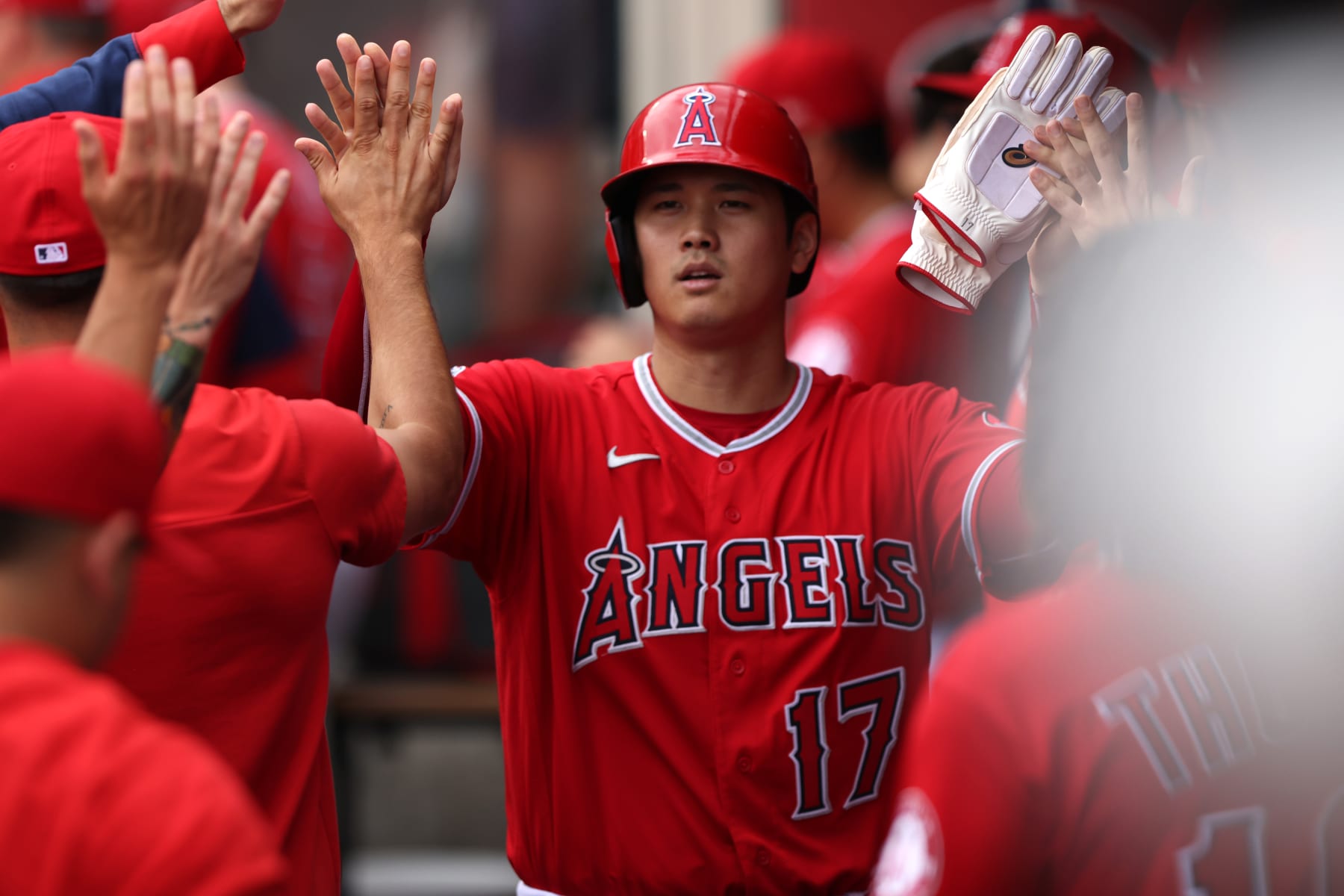
With Soto, you're getting a great hitter and not much else. It's a good thing, then, that he's such a great hitter that the oft-heard comparisons to Ted Williams aren't hyperbolic.
Indeed, Soto and Williams are the only two hitters in history to have racked up more than 100 home runs and an on-base percentage north of .425 through their age-23 seasons.
Soto also stands alone among his contemporaries. He's the only hitter that has topped a .400 OBP in each of the last five seasons, notably leading the majors in both 2020 (.490) and 2021 (.465). He was cool to begin this season but busted his slump with a .315/.495/.616 slash line in July.
In terms of total value since the start of last season, though, even Soto is no Ohtani:
This doesn't speak to any kind of problem with Soto's bat, but rather to just how exceptional Ohtani is with both his bat and his arm.
Even setting aside his 68 home runs, the most telling thing about Ohtani's hitting over the last two seasons is that his 150 OPS+ is fifth-best among batters who've taken over 1,000 plate appearances. He hasn't been that much worse off as a pitcher, where his 141 ERA+ ranks 11th among hurlers who've made at least 40 starts.
From here, we can get into how Ohtani is capable of hitting the ball at 119 mph and throwing it at 101 mph. Oh, and also that his 37 stolen bases over the last two seasons match the total that Soto has for his five-year career.
Advantage: Ohtani
Clutch Gene
Only one person in this two-person Battle Royale has any postseason experience, and what he did with that experience can be neither ignored nor downplayed.
Soto was only 20 years old when the Nationals began their run to the franchise's first World Series championship in 2019, but he looked like he had been there and done that many times over. Over 17 games, he put up a .927 OPS and hit five home runs.
Beyond merely being productive, Soto was also extraordinarily clutch. And he was a true dragon-slayer in the process, as his seven biggest hits were against Clayton Kershaw, Justin Verlander, Gerrit Cole, Hyun Jin Ryu, Josh Hader and Roberto Osuna. Those six guys have five Cy Young Awards and 29 All-Star appearances between them.
Still, this was three years ago, and Soto is generally more of a capable clutch hitter than a dangerous one. For his career, he has a .996 OPS in low leverage compared to a .940 OPS in high leverage.
No matter which side of the ball you're looking at, Ohtani has been nothing short of the best in high leverage over the last two seasons:
- As a Hitter: 1.137 OPS (1st in MLB)
- As a Pitcher: .426 OPS (1st in MLB)
Even as impressive as Ohtani's knack for big hits may be, it's really his knack for stifling big hits that stands out. Aided in part by a fastball that he dials up to 97.4 mph with runners in scoring position, Ohtani has been a premier jam-escaper to the tune of the fourth-best strand rate of any qualified starter over the last two seasons.
Arguably none of this is a substitute for actual postseason experience, but it's a good sign that Ohtani could be just as impactful as Soto was in 2019 if he finally gets his shot at October.
Advantage: Push
Injury Risk
There is a catch to Ohtani's two-way brilliance—or, perhaps more accurately, an ever-lingering question: How much longer will his body allow him to do this?
He's already had several injury scares, including ankle surgery in 2017 and Tommy John surgery in 2018. His return to the mound after the latter was short-lived, as he made just two starts in 2020 before the Angels shut him down from pitching because of a flexor pronator mass in his arm.
There's also the sheer frequency at which Ohtani is exposed to the injuries. Between his plate appearances as a hitter and the batters he's faced as a pitcher, he's been involved in 1,996 batter-pitcher matchups over the last two seasons.
The next-closest player in this regard is Miami Marlins right-hander Sandy Alcantara, who's been a part of just 1,475 batter-pitcher matchups: 1,411 as a pitcher and 64 as a hitter.
Soto, meanwhile, has played in 564 of 607 possible games since he debuted with the Nationals on May 20, 2018. Not counting the time he missed after a positive COVID test in 2020, the only injuries he's had were minor back and shoulder ailments in 2019 and 2021, respectively.
Advantage: Soto
Our Verdict
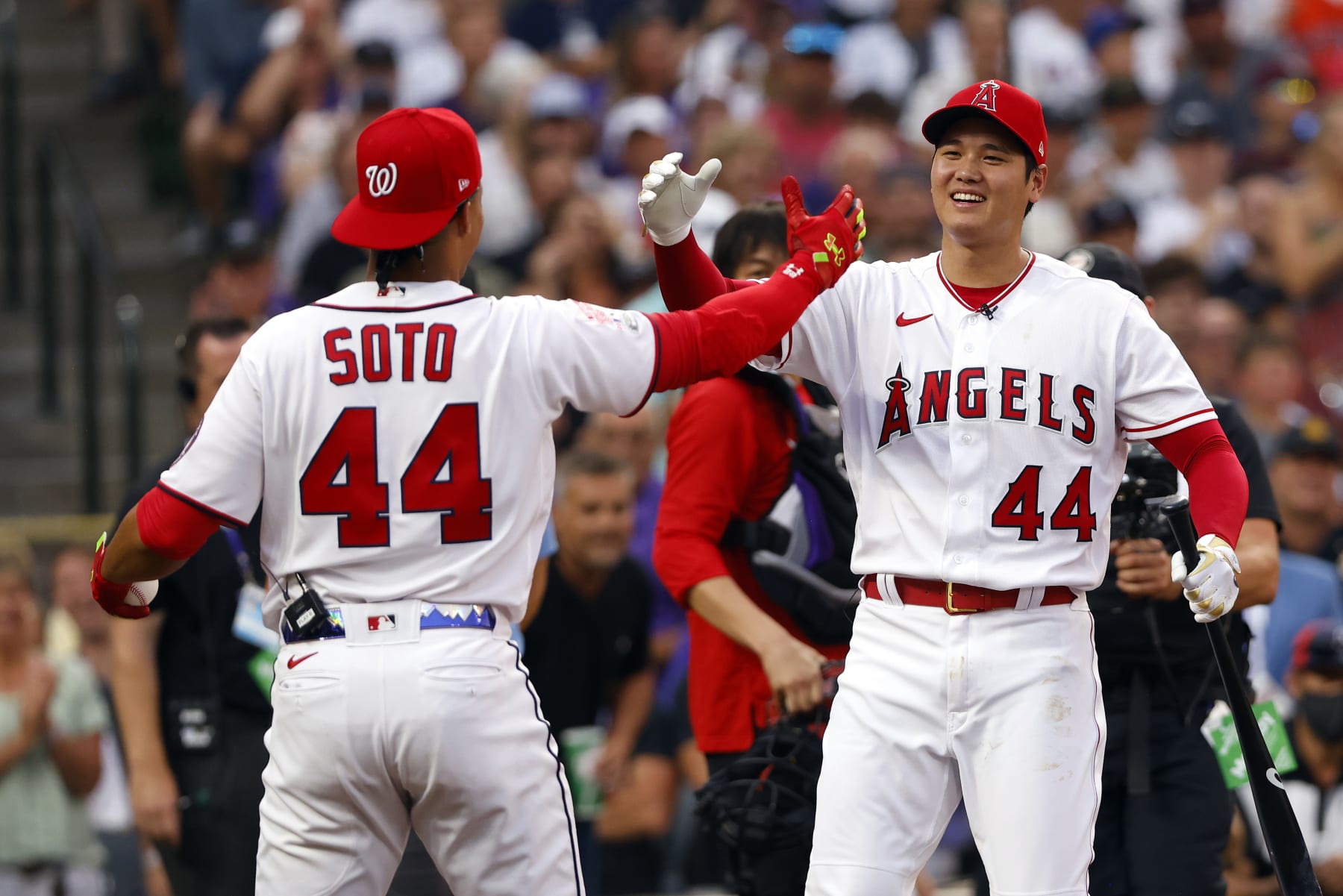
This section would look a lot different if the question was whether Soto or Ohtani would be the best player to build a franchise around. The focus there would be on the long-term, which would make it hard not to lean toward the modern-day Ted Williams.
But since the debate here is more about who would be most helpful to a contender right now, we'll cast our vote for Ohtani.
Despite his downsides, his dual appeal as a relatively affordable and utterly peerless player is simply too great. He's arguably one of the 10 best hitters and 10 best pitchers today. To have a guy like that would be a huge leg up for even one postseason run, much less two.
Of course, the flip side is that we wouldn't dare trade Ohtani if he was already in our possession.
This seems to be Moreno's thinking as well. Even before Monday's report from Heyman, it seemed nobody reporting on the Ohtani trade sweepstakes actually expected the Angels owner to green-light a deal, with R.J. Anderson of CBS Sports hearing from one talent evaluator that Angels GM Perry Minasian "might be signing his own pink slip" if he so much as presented trade concepts to his boss.
As such, any choice between Ohtani and Soto only exists in theory. In reality, it's Soto or bust.
Stats courtesy of Baseball Reference, FanGraphs and Baseball Savant.

